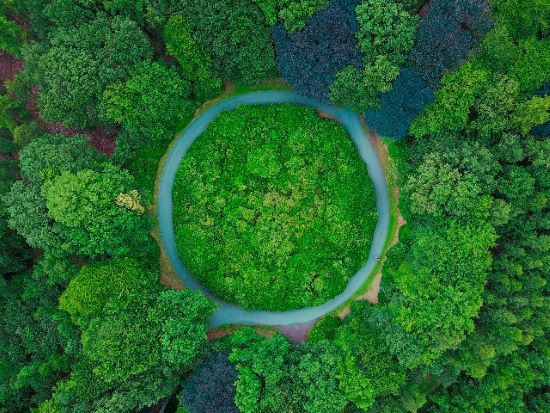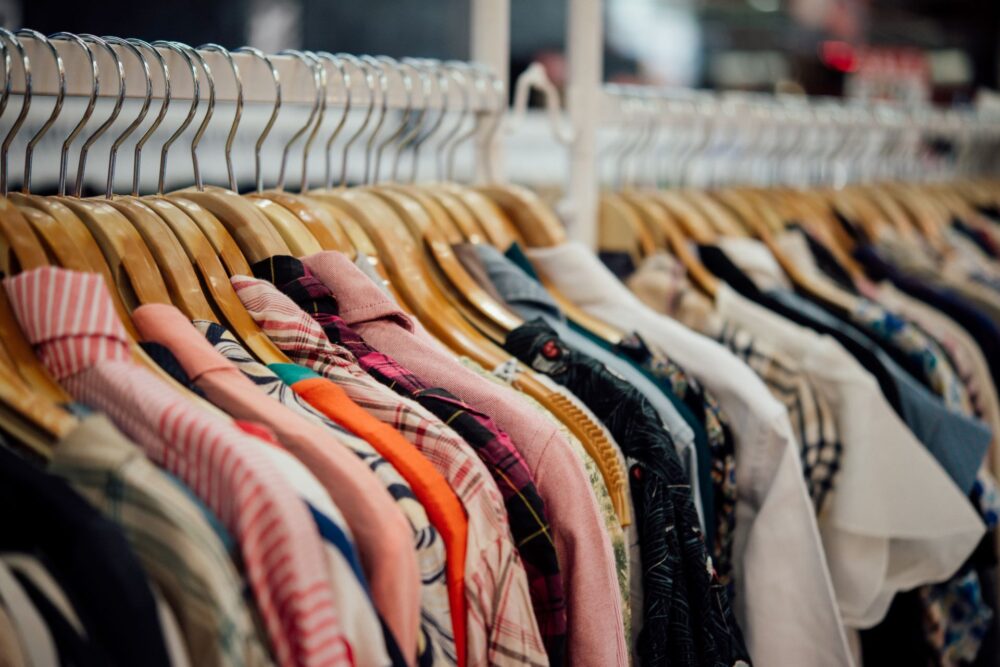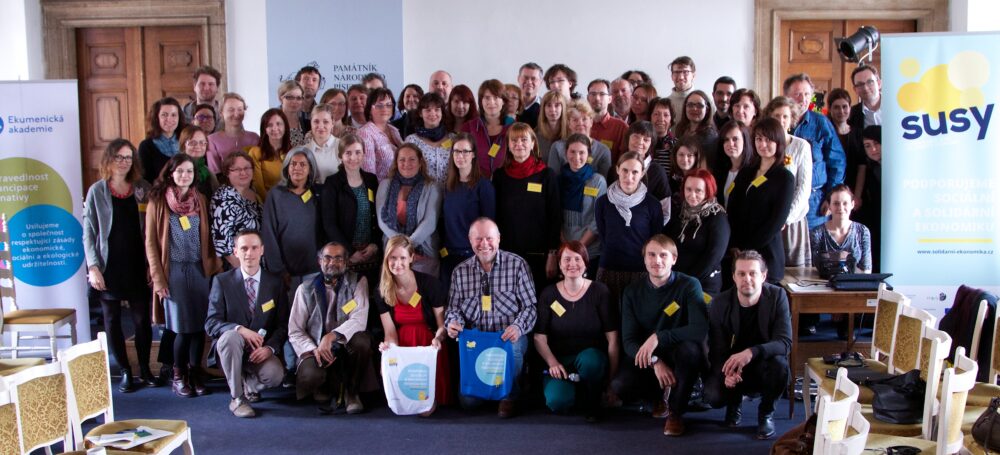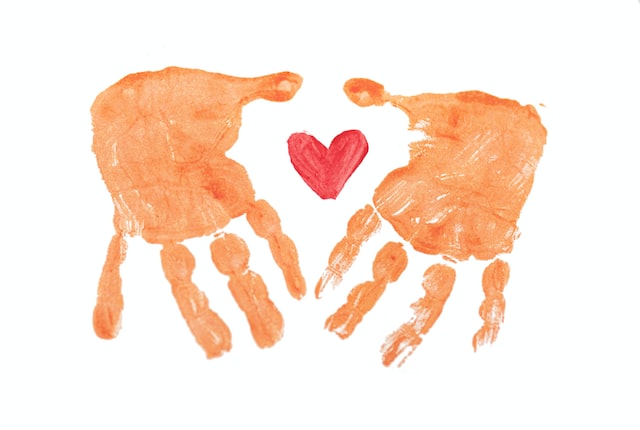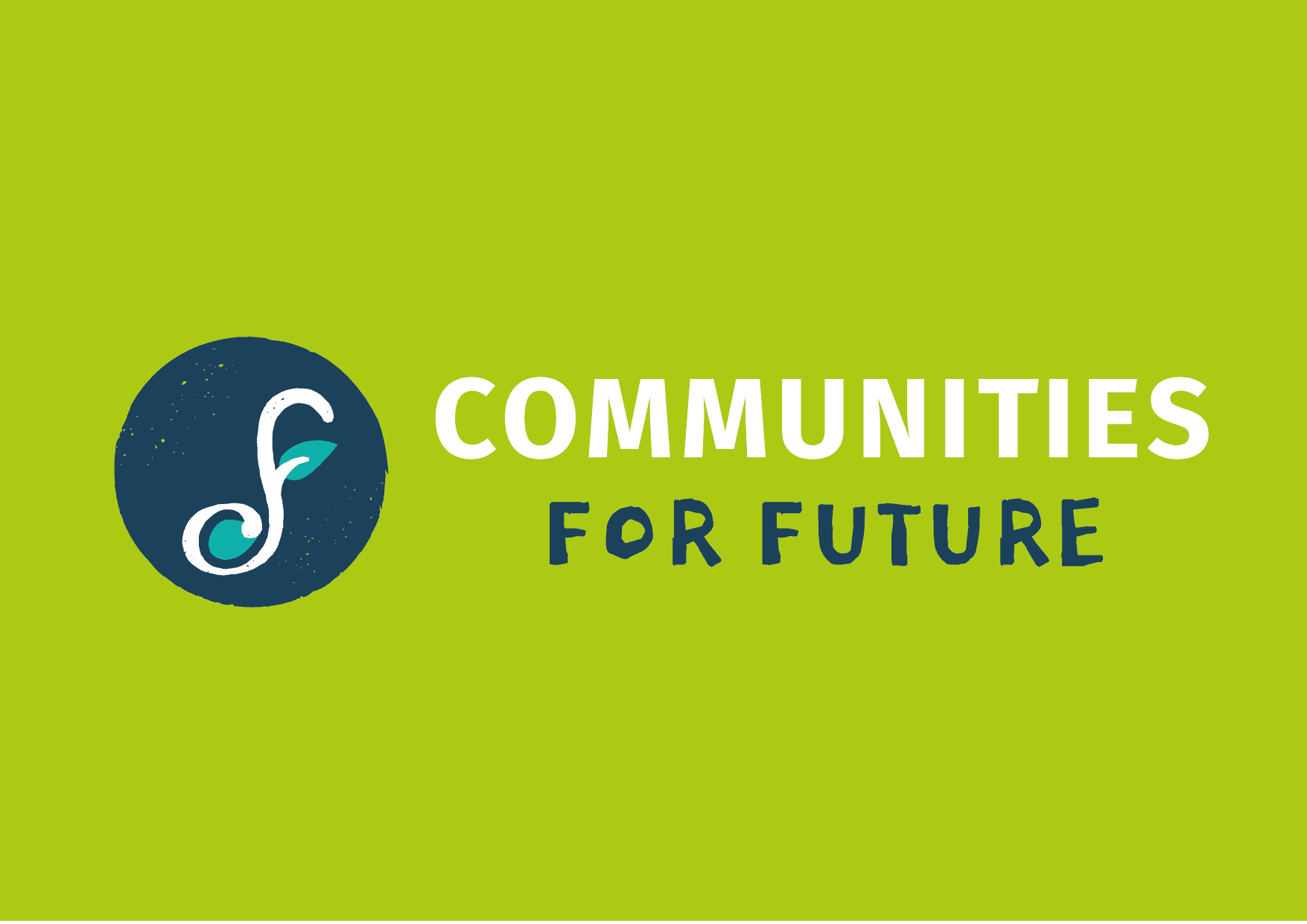The circular economy has a twofold objective: to strengthen the resilience of territories and to optimise the use of the resources they contain. Unregulated globalization has weakened entire sectors, made valuable know-how and quality goods and services disappear. It has also put us under the dependence of very unsavory diets, from which, for example, most of our fossil fuels come. A solidarity relocation, while importing what is missing under the rules of fair trade, is necessary.
The second objective is to move away from the paradigm “I produce, I consume, I throw away” and move from the society of ready-to-throw and organized obsolescence to maintenance, reuse and repairability. The circular economy considers that waste is a resource in the wrong place and is part of a hierarchy of needs. In order to complete the circuits of the material, it is a question of buying less new stuff, better using the objects, repairing them and greatly increasing the rates of sorting and recycling.
So, instead of digging new gravel pits, let’s recycle the waste from the building, the biggest item of our waste. Let’s build in a modular way, to ensure better adaptation to new uses. In the field of textiles, where a good part of the clothes purchased are never worn, fashion now encourages upcycling: making new with old. Everyday objects can be repaired easily, as long as you find the craftsmen to do it: it is a real shame to throw away leather, wood or metal. And if we need a particular tool or object, it’s no more than a few days a year… what could be more practical than a library of … objects, such as La Manivelle in Geneva. Finally, let’s bet much more on these local energies that are the sun, wind, water, wood, biogas, the heat of the subsoil and the environment…
Important basic studies published a few months ago highlight the potential for relocation and recirculation of materials on the territory of the Grand Genève. Circularity actors are mobilizing and the sector is emerging, as is the public interest, with the key to many jobs that cannot be relocated.
To gradually generalize these good practices, two tools: planning (on the model of energy planning) for the recircularization of the economy and its pace; a law, on the model of our incentive laws on biodiversity or agriculture, which have largely proven their worth to legitimize public policies, improve framework conditions and bring actors together. It would also be in response to the cantonal Constitution, article 161 para. 2 which states that the Canton”implements a policy of reducing waste at source”. As for the social and solidarity economy, it brings together many pioneering sustainability companies committed by nature to the transition; they are already present and arouse the desire to get involved.




